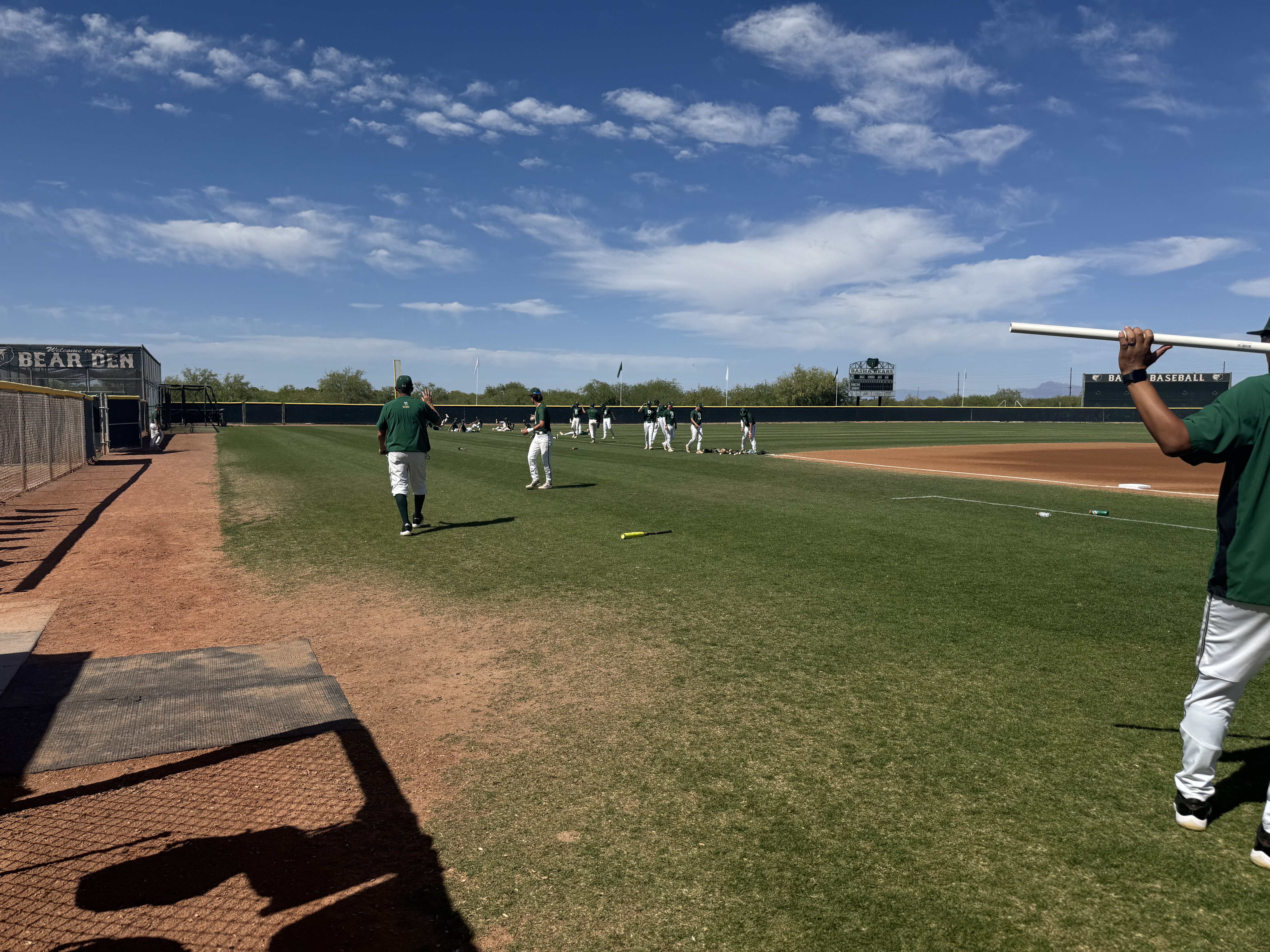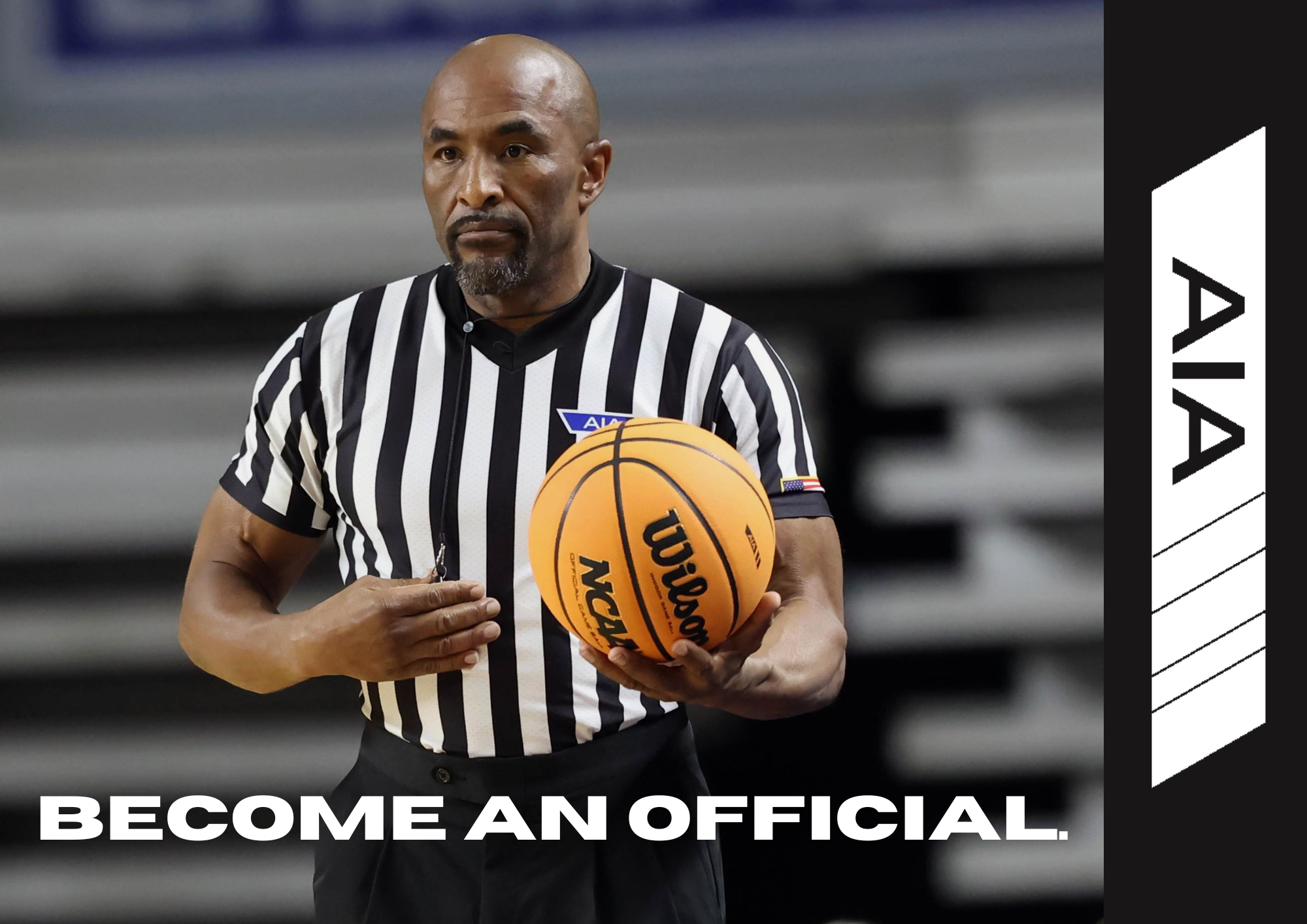Protecting young baseball players amid changing game dynamics
May 4, 2025 by Riley Reisner, Arizona State University

Riley Reisner is an ASU Cronkite School of Journalism student assigned to cover Basha High School for AZPreps365.com.
In today’s era of high school baseball, the crack of a bat or the pop of a catcher’s mitt can be accompanied by a more ominous sound: the murmur of another arm injury diagnosis. Pitchers are throwing harder. Batters are swinging year-round. And the strain on teenage bodies is showing up in rehab clinics and training rooms nationwide.
As the sport's demands continue to evolve, so must the ways in which athletes, coaches, and professionals adapt to preserve the longevity of young arms and bodies.
“It’s not about preventing injury, because in reality, that’s not something we can promise,” said Tyler Goldstein, a biomechanist with the Miami Marlins. “But we can minimize risk — and that starts with understanding every athlete as an individual, not just a statistic.”
A New Era of Stress and Specialization
The modern baseball landscape has shifted dramatically in the last decade. Gone are the days when high schoolers would hang up their cleats after the spring. Now, offseason showcases, club teams, and advanced metrics like spin rates and exit velocity dominate even amateur conversations. While these tools and opportunities aim to sharpen skills, they also heighten risk, particularly for developing bodies not yet conditioned for such a relentless workload.
“We’re seeing pitchers chase velocity from earlier ages,” Goldstein said. “That’s putting more torque on joints and tendons that might not be ready for it.”
Biomechanical analysis — once reserved for professional players — is now informing how high school pitchers train. But instead of one-size-fits-all mechanics, the cutting-edge approach focuses on individual movement patterns. Using motion-capture data, professionals like Goldstein identify how specific physical traits contribute to performance and injury risk.
“Two athletes can get to 90 mph in completely different ways,” she said. “What works biomechanically for one player might hurt another.”
The High School Front Line
At Basha High School, head coach and pitching coach Eric Albright has seen the game shift firsthand. With players increasingly participating in offseason programs or private training facilities, communication and trust have become foundational.
“These guys are trying to show out in the summer to get recruited, and I get that,” Albright said. “But they’ve got to be honest with me about how they’re feeling.”
Albright leans heavily on individualized routines — from strength programs to throwing regimens — to build durability. While the team maintains a consistent schedule, no two athletes follow an identical blueprint. Conditioning, band work, core strengthening, and recovery days are all part of the plan.
“Everything from the small muscles to the plios to stretching, we hit it all,” Albright said. “It’s about layering strength and stability over time.”
Albright collaborates with trainers and outside physical therapists when players are rehabbing from injury. Trust, he emphasized, is paramount. If a pitcher says they’re done, he listens.
“I’ll always ask mid-game — ‘Can you give me another one?’ — but I need them to be honest,” he said. “That honesty is what keeps us from pushing too far.”
The Recovery Equation
The road back from injury is where the stakes are highest. Goldstein believes in balancing rest with strategic exposure to stress.
“Instead of shutting guys down completely, we do two to three high-intensity days a week with lower volume,” Goldstein said. “Fifteen to 20 full-effort pitches are enough to keep the tissue conditioned without overload.”
That approach helps athletes build tolerance for the torques and forces they’ll face in live competition, without overworking fatigued joints. In her view, inactivity can be just as dangerous as overuse.
“If you’re not exposing the body to those demands in controlled ways, it won’t be ready when it matters,” Goldstein said.
Leadership from Within
Senior catcher and team leader Grant Smith has taken it upon himself to model responsible habits for his younger teammates. A consistent postgame routine — stretching, compression therapy, and strength training three times a week — helps him stay durable through the grind.
“We lift during the season now, not heavy, just enough to maintain strength,” Smith said. “I stretch every day after games, no matter what.”
Smith said maintaining structure has helped him avoid nagging injuries, especially with the constant demands of catching. But he also acknowledges the influence older players have in setting the tone for the team.
“If the younger guys see us taking recovery seriously, they’re more likely to follow,” he said.
Behind the Scenes: Athletic Trainers as the First Line of Defense
While players and coaches often take center stage, the consistent, behind-the-scenes work of athletic trainers is just as vital to keeping young athletes on the field. At Basha High School, coaches like Eric Albright rely heavily on trainers and therapists to monitor athletes showing early signs of stress or overuse.
“There have been times when they’re rehabbing and telling me what their plan is, and I trust them that they’re following that plan,” Albright said.
These open lines of communication between coach, player, and medical professionals create a support system tailored to each athlete’s stage of recovery. For those managing lingering issues or returning from injury, graduated return-to-play protocols help avoid flare-ups and rebuild confidence.
Albright emphasized that building back strength isn’t just about throwing. A holistic recovery includes proper mobility work, stretching routines, and gradual conditioning — all supervised by qualified staff.
Caution with the Tech Curve: When Analytics Arrive Too Soon
As analytics-driven training becomes mainstream, some high school athletes are diving deep into spin rates, vertical breaks, and pitch efficiency before they've even developed consistent mechanics. According to Tyler Goldstein, that’s a dangerous detour.
“I personally think the utilization of technologies like Trackman and all this stuff-plus models at such a young age is more detrimental,” Goldstein said. “We’re trying to... instead of understanding our bodies and learning how our bodies produce force, we’re using these analytic outputs to try and achieve a certain thing.”
That pressure to perform to data rather than development can create imbalances — and even injuries. Goldstein explained that high school athletes often chase idealized outputs instead of refining their natural movement patterns, leading them away from sustainable improvement.
“For my amateur athletes, I don’t show them a ton of analytics until I feel their mechanics are stable and they’ve built a foundation of strength,” she said. “Then we can start to incorporate some of the analytics in.”
In an age when metrics are instantly accessible, the temptation to skip foundational development is strong, especially when scholarships or exposure are on the line. But Goldstein insists that fundamentals still come first.
“It always goes back to the risk and reward,” she said. “We need to make sure the body is ready before we start chasing numbers.”
Smarter Training, Safer Futures
Both Goldstein and Albright caution against overreliance on analytics for developing athletes. While tools like Trackman and Rapsodo provide valuable insight, they can mislead players who haven’t yet built the physical or mechanical foundation necessary to interpret those numbers safely.
“You see guys chasing spin rate or ‘stuff plus’ before they even understand their mechanics,” Goldstein said. “It’s backwards. Build the base first, then layer on the tech.”
This sentiment aligns with findings from the American Sports Medicine Institute. As noted in a study by Dr. Glenn Fleisig and Dr. James Andrews, “The cumulative effects of early and excessive pitching—especially with high-effort breaking balls—are directly associated with increased risk of arm injuries in youth players” (Fleisig & Andrews, 2012).
That athlete-centered mentality is exactly what national experts are pushing for. According to the National Federation of State High School Associations, “Limiting overuse and allowing for adequate recovery are just as important as skill development. Rest days should be structured into every training calendar—not considered optional” (NFHS, 2023).
Ultimately, sustainable success for young players lies in individualized plans, open communication, and a long-term mindset — values shared across the Basha program and echoed by industry professionals.


